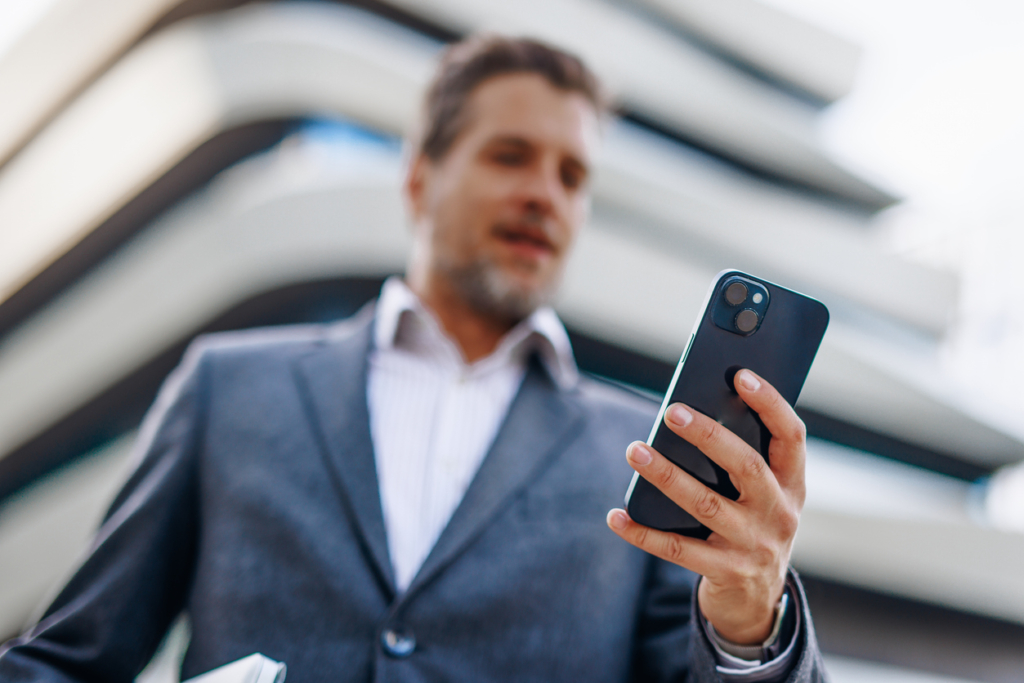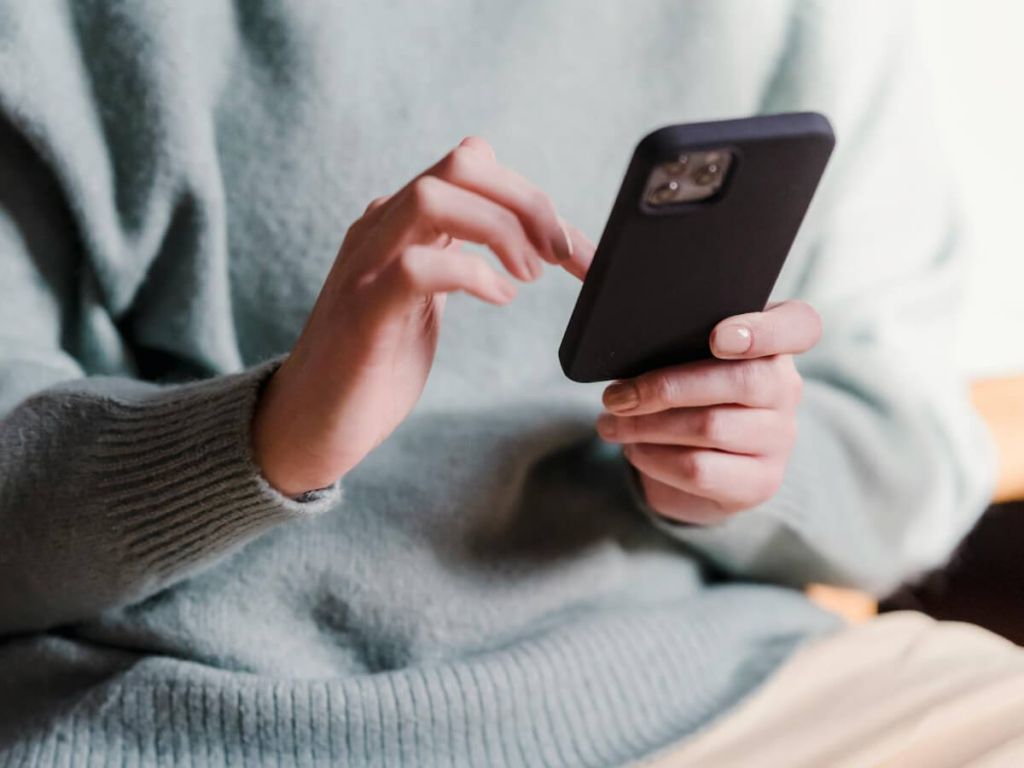
From Chaos to Compliance Readiness. How Knowledge Governance Turns AI into Scale
Most AI pilots in financial services stall. Learn how knowledge governance turns chaos into compliance readiness and pilots into scalable, measurable impact.

How to Accelerate AI Adoption in Your Bank Branch or Credit Union
How banks and credit unions can accelerate AI adoption with trust, compliance, and small wins that turn pilots into everyday practice.

Where AI Impact Lags in Financial Services and How to Fix It
Most AI programs in financial services fail to show ROI. Learn how governance, literacy, and purpose-built solutions turn AI investments into measurable impact.

Customer Engagement: How to Build Long-Term Loyalty Through Smarter Service
Explore how customer engagement strategies improve retention, loyalty, and brand trust. Learn how to engage existing customers with the right tools and tactics.

Knowledge Management Software: Features, Benefits & Top Use Cases
Discover how knowledge management software supports customer service, employee efficiency, and content organization. Explore Engageware's KM platform today.

5 Proven Ways SMS Reminders Reduce No-Shows in Financial Services
Reduce no-shows by up to 80 percent and increase confirmed appointments with these proven SMS reminder tactics tailored for financial institutions.

AI Knowledge Management: How AI Delivers Smarter, Faster Access to Information at Scale
Explore how AI-powered knowledge management uses NLP, ML, and generative AI to deliver smarter search, discovery, and customer service.

Omnichannel Customer Engagement Platforms: Creating Seamless Experiences at Every Touchpoint
Discover how omnichannel customer engagement platforms connect all channels for seamless service, higher loyalty, and real-time personalization.

Every No-Show Hurts. SMS Reminders Help Banks Keep Appointments and Value
See how banks and credit unions cut no-shows 80% with SMS appointment reminders, driving more confirmed meetings, fewer gaps, and better scheduling ROI.

What’s New in Engageware June 2025
Explore Engageware’s June Release: AI-powered Virtual Assistant, smarter employee tools, and flexible engagement to boost support and customer experience.

Make Every Meeting Count. Smarter Scheduling for Wealth Managers
Discover how smarter scheduling helps wealth managers convert more leads into meetings, improve advisor productivity, and deliver standout client experiences all without adding complexity.

Winning Digital Engagement Strategies for Wealth Managers
Wealth managers are modernizing client engagement with smarter tools. Discover how integrated scheduling and video banking drive AUM growth, boost satisfaction, and strengthen advisor efficiency.
